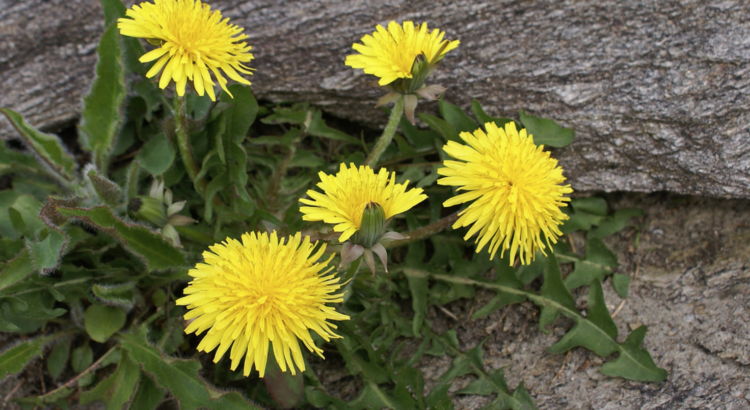By: Emily Tonn
Foraging is a great, sustainable, and fun way to try new foods. Here is a list of 5 foods you may find if you go foraging in the woods of New Hampshire. Any food that is going to be foraged should not be collected from a lawn where pesticides or herbicides have been applied. Be sure to reference an edible plant guide to ensure you are eating the correct plant!
1. Blueberries
Wild blueberries are commonly found throughout New Hampshire. They are typically found from July through September in many forests across the state. They like to be in the sunlight and are very hearty plants. These berries can be eaten right off the bush and have a more intense blueberry flavor than the ones you may buy in store. Head out for a hike in the summer and keep your eyes peeled for them!
2. Eastern Hemlock
The Eastern Hemlock is a type of pine tree. It is pretty easy to identify with its short, flat needles. The top of the needles are green, and the underside can look silvery. Take a look at the photos below to help identify it. You can make tea out of Hemlock needles almost any time of the year, as it has needles year round. Take a handful of fresh needles off of a fresh or green twig and pour hot water over them. Let it steep, then enjoy! You can add honey or sugar to sweeten if you would like. This tea is rich in vitamin C.
3. Dandelion
Dandelion has a multitude of uses and is extremely common. If you are foraging dandelions, be sure to wash them thoroughly. They are best eaten in the early spring, during April and early May, or they are too bitter. Virtually ever part of the dandelion plant can be eaten, from the root to the flower. Dandelion leaves can be eaten in a salad, you just want to eat the young fresh ones as the older ones are bitter. You can also eat the dandelion buds! Below you can find a recipe for fried dandelion flowers. There is also a link for a recipe to dandelion coffee.
Fried Dandelion Flowers:
- 3 cups of Dandelion buds
- ½ cup of ghee or coconut oil for frying
- Salt and pepper to taste
- Wash the dandelion buds
- Melt the margarine/heat the oil over medium heat
- Place the buds in the oil and cook until they bloom
- Enjoy! Add salt and pepper to taste
4. Rock Tripe Lichen
This is probably one of the more obscure edible plants on this list. It can actually be used as an emergency food if you are ever lost in the woods, and can be eaten uncooked although it is not very good. It has one third more calories than the same amount of honey, which is why it makes such a good emergency food. As the name may suggest, you can find this lichen on many boulders in the forest. It looks like it is flaking off of the rock, but that is just how it grows. It grows very slowly, so it is not a commonly foraged food, but it is abundant. It can be cooked by boiling it in water, then sauteing in butter and your favorite spices. Often, it must be boiled several different times to achieve the correct texture.
5. Chicken of the Woods
There are a lot of edible mushrooms out there, but this one is pretty cool and fairly common if you know where to look. Best found in September and October, this mushroom starts appearing in late June. It is often found growing on injured or dying trees as a shelf mushroom. Chicken of the Woods also tends to grow in the same areas year after year, so if you find a spot, check back in the future for more. It is pretty easy to identify, as this mushroom is bright orange with yellow edges and a smooth underside. To eat this mushroom, clean it and slice it. Then, saute it in butter, season with salt and pepper, and enjoy.
More Edible Plants
There are so many options of edible plants out there, so if you are interested in learning more check out a book like Falcon Guide: Foraging New England by Tom Seymour. The 5 foods mentioned are just a few options that you might find when exploring some of the New Hampshire State Parks this year. Have fun and be sure to reference edible plant guides to be safe. Good luck foraging.


FYI – here is a link to an online presentation I made on the ‘Wild Edibles of the Granite State’ on March 30, sponsored by the Society for the Protection of NH Forests https://forestsociety.org/area/education-and-events/cottrell-baldwin